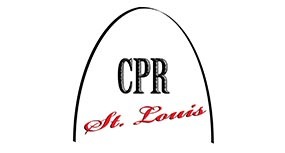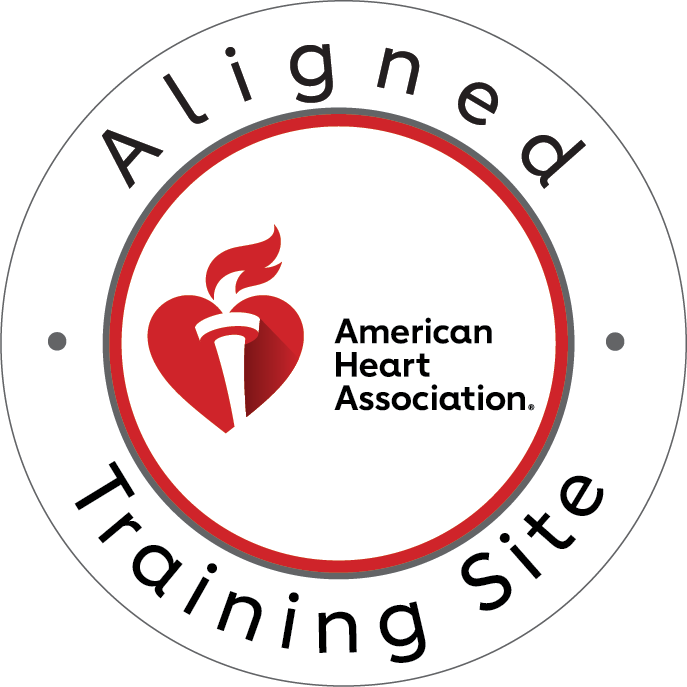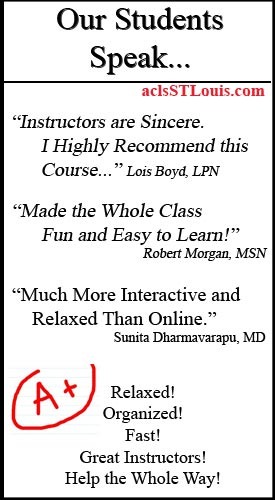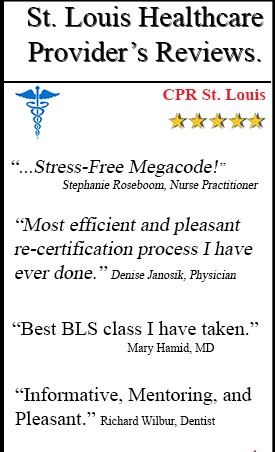Lung cancer also known as bronchogenic carcinomas can be found in both smokers and non-smokers and can be from family history. A quarter of all people with lung cancer have no symptoms when the cancer is diagnosed. These cancers are usually identified incidentally when a chest X-ray is performed. The other ¾ of people develop some symptoms. The symptoms are due to direct effects of a primary tumor” (WebMD). The symptoms are coughing, coughing up blood or rusty-colored phlegm, fatigue, unexplained weight loss, recurrent respiratory infections, hoarseness, new wheezing or cough in a new smoker or former smoker, pain in the chest area that is dull, aching, and persistent. There are many different types of lung cancer which most often spreads to the liver, bones, and brain.
Also, there is SCLC and NSCLC. SCLC is small cell lung cancer which comprises only about 20% of lung cancers and is the most aggressive and rapidly growing of all the types. NSCLC is the most common lung cancer and has three main types that are “Metastatic lung cancer in the live may cause yellowing of the skin and eyes but it may not cause any noticeable symptoms at the time of diagnosis. Lung cancer to the bone causes bone pain, usually in the bones of the spine, the thigh bone, and the ribs. Lung cancer that spreads to the brain can cause difficulties with vision, weakness on one side of the body, and/or seizures” (WebMD). There are four types of NSCLC they are adenocarcinomas, squamous cell carcinomas, large cell carcinomas, and mixtures of the different types of NCLC.
Other types of cancers that can happen in the lung are bronchial carcinoids which are more common in people under 40 and unrelated to cigarette smoking. Carcinoids generally grow and spread more slowly than bronchogenic cancers and many are detected early enough to be surgically removed. Stages for NSCLC are stage 1: cancer is in the lungs only, stage 2 and 3: care is in lung and possible lymph nodes, and stage 4: which spreads outside of the lung to another part of the body. For SCLC it is the limited stage which it’s only in the area of origin in the lung and lymph nodes and the extensive stage which has spread beyond the lungs to other parts of the body. If you have any of these symptoms or signs then contact your doctor immediately.
References
http://www.webmd.com/lung-cancer/guide/lung-cancer-symptoms
http://www.webmd.com/lung-cancer/guide/lung-cancer-when-to-call-the-doctor
http://www.webmd.com/lung-cancer/guide/lung-cancer-types
http://www.webmd.com/lung-cancer/guide/small-cell-lung-cancer
http://www.webmd.com/lung-cancer/guide/stages-of-lung-cancer





